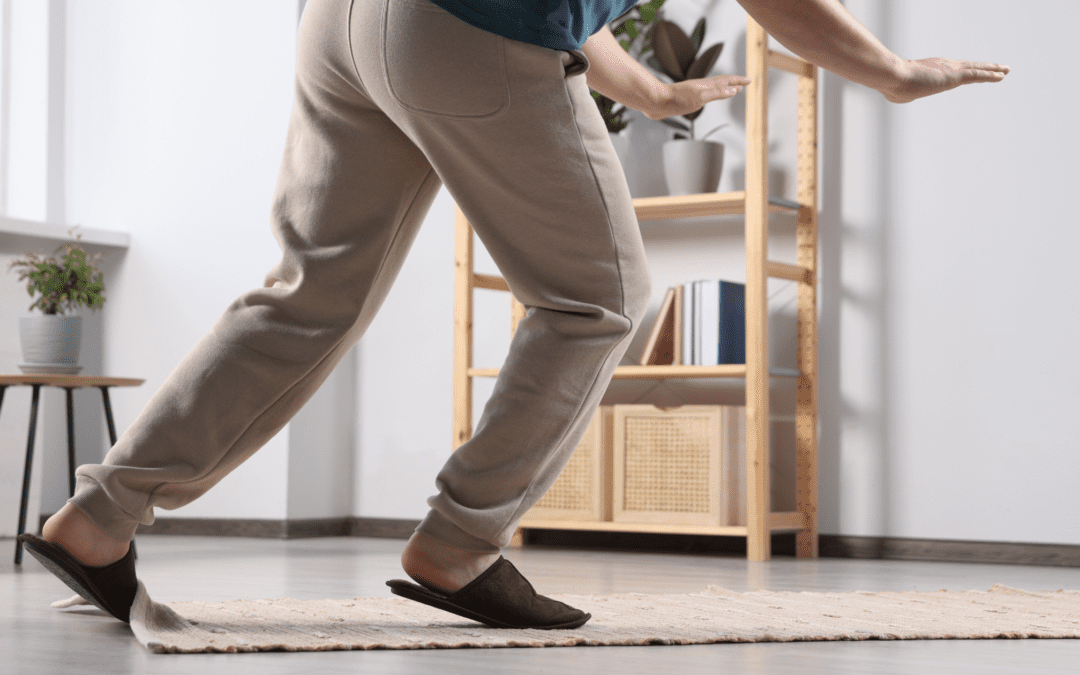 Fall Prevention – The Aging Athlete
Fall Prevention – The Aging Athlete
Nejin Chacko
Have you had a fall in the past year? Do you feel unsteady when standing or walking? Do you worry about falling? If you answered YES to any of the above three questions you may be at a high risk for falls.
Fall among aging adults are considered the major contributing factor for fractures, physical impairments, hospitalizations, and fatalities. About one in every four older adult reported falling at least once every year, and among the one who fall 50% will fall again in the same year. Ironically falls are partly a consequence, and to a great part cause of physical inactivity in older adults.
Consider following preventive strategies to reduce your fall risk:
Manage your pain: Persistent pain can cause reduced strength, mobility, reaction time and balance.
Monitor and report any significant decline in your balance, strength, endurance, posture and cognitive function.
Perform periodic vision check-ups. Screen for glaucoma and cataract. Aging can also lead to loss of depth perception, difficulty in detecting low level light, and inability to focus.
Monitor for signs of postural hypotension and vertigo. Unsteadiness or dizziness when getting up from lying or sitting is identified in almost 1/3 of older people.
Fight de-conditioning: lack of activity resulting from unexpected bed rest or hospitalization can lead to de-conditioning.
Environmental: consider night time lighting, use non-slip mats, remove area rugs and uncluttered. Use assistive devices such as cane/walker or walking poles, shower/tub rails, reachers, etc when required.
Medication review: You may be at risk for fall, if you take more than 4 medications. Talk to your physician/pharmacist for identifying medications that can affect nervous systems or cause drug interactions, and to consider safer alternative, smaller dosage or change in dosing time/interval.
Role of Physical Activities
Strength/power training can improve muscle weakness and mass at any age. Activities like Tai Chi and dancing is beneficial for improving balance. Aerobic exercise can counteract the effects of decline in cardiorespiratory function. Being physically active, engaging in resistance training, high-impact sports, etc can improve bone density.
Guidelines for Exercise
- The programs should be created and supervised by an exercise expert
- Advised a multi-component activity 2-3 times per week that consists aerobic, strength training, and balance exercise.
- Ensure appropriate shoes, proper lighting, choose barrier free environment, and avoid slippery weather
- Ensure nutritional supplementation, together with physical activity.
Your physiotherapist can:
- screen for fall risks using standardized tools, and assess for physical impairments,
- create goals and exercise program that are tailored based on the findings.

